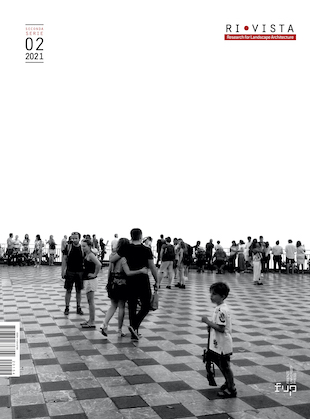Published 2022-01-27
Keywords
- Defensive design,
- urban space,
- gentrification,
- inclusive design,
- unpleasant design
How to Cite
Abstract
By 2030, we should have universal access to safe, inclusive, and accessible green and public places, especially for women and children, the elderly, and people with disabilities, according to the Sustainable Development Goals. However, the increasing privatisation of land and gentrification of the urban landscape is putting a limit on the amount of public space available for people to express themselves and use the city as they desire. This paper investigates and reviews the literature on defensive architecture, as well as its historical foundations, definitions, implementation, and reason for existence. The findings provide a clear reflection on the growing awareness of extreme defensive landscape architecture typologies such as spikes and other aggressive measures. Finally, the paper offers worldwide best-practice examples and recommendations for ensuring inclusion and safety in public spaces. We argue that in order to design sustainable public spaces, a holistic approach that considers both intangible values and social inclusion is required.






